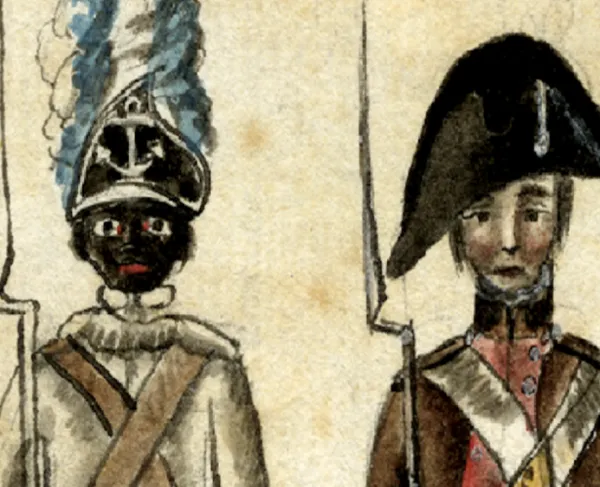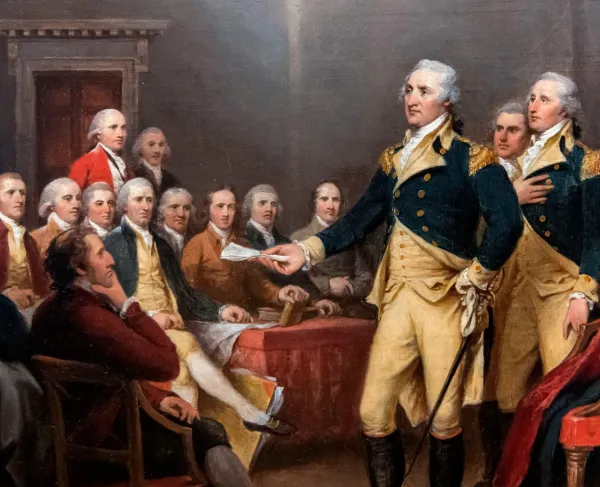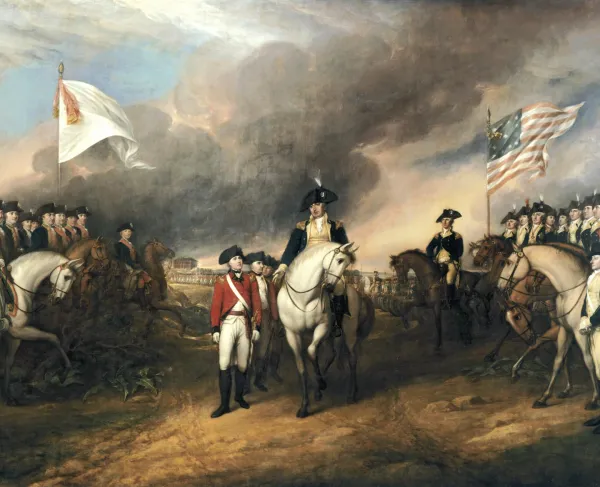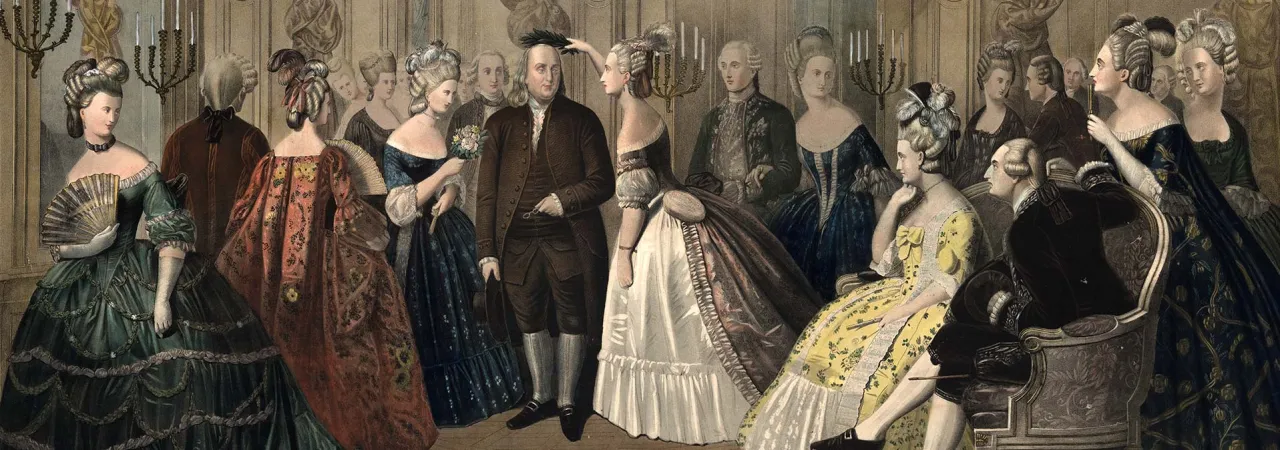
Anton Hohenstein's painting of Benjamin Franklin's reception at the Court of France in 1776.
When 70-year-old Benjamin Franklin boarded the Continental sloop-of-war Reprisal in Philadelphia on October 26, 1776, for a month-long voyage to France, General George Washington's Continental army was losing the American Revolutionary War.
The hope and excitement spawned by the Declaration of Independence, announced just four months earlier, with Franklin among the signers, had been replaced by the dread of impending defeat in the face of the overwhelming military power of the British Army.
Franklin knew his mission was straightforward, if not simple. He would use his intellect, charm, wit and experience to convince France to join the war on the side of the fledgling United States of America. Franklin’s popularity and persuasive powers, and a key American battlefield victory, were crucial factors that led France to join the war in 1778.
France provided the money, troops, armament, military leadership and naval support that tipped the balance of military power in favor of the United States and paved the way for the Continental army’s ultimate victory. When British General Charles Cornwallis surrendered at Yorktown on October 19, 1781, his vanquished troops marched through a corridor formed by the victorious forces. On one side were the Americans; on the other side stood the French.
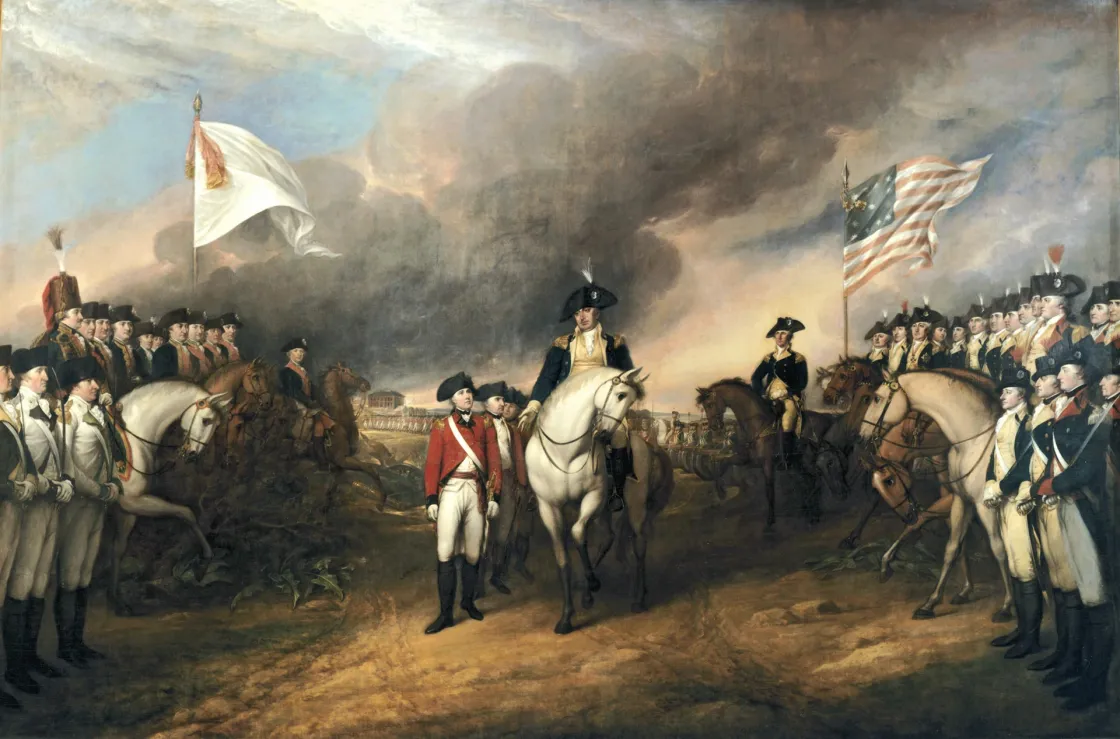
Wars between the British and French date back to the 12th century, escalating as European powers established and expanded their colonial empires. France had suffered bitter defeat in the most recent conflict, the Seven Years’ War (1756–63), called the French and Indian War across the Atlantic. It had lost a majority of its claim to North America, forced to cede to England most of its land there, including all of Canada.
As England’s American colonies became ever more rebellious in the 1760s and 1770s, France was naturally predisposed to favor the American revolutionaries and saw an opportunity to try to blunt the power of its longtime adversary. It began providing covert support — beginning with badly needed gunpowder — in the spring of 1776. The Declaration of Independence was well received across France, and Franklin was warmly welcomed when he arrived in Paris in December, charming his way to celebrity status.
In the face of the dreadful final weeks of 1776 — “the times that try men’s souls,” as Thomas Paine wrote — Washington scratched out miraculous victories at Trenton and Princeton that brought new life and hope to his ragged Continentals. Covert support from France expanded to include field guns, arms, ammunition, money and other assistance. Some of this aid came in the form of 20-year-old French aristocrat Gilbert du Motier, Marquis de Lafayette, who paid his way to America in 1777 to fight with distinction for the Continental army as a major general in Washington’s command.
When American troops, commanded by General Horatio Gates, defeated the British at the Battles of Saratoga on September 19 and October 7, 1777, it is estimated that as many as nine out of 10 American soldiers carried French arms, and virtually all had French gunpowder. French field guns also played a critical role in a decisive triumph that forced the historic surrender of British General John Burgoyne and his entire army.
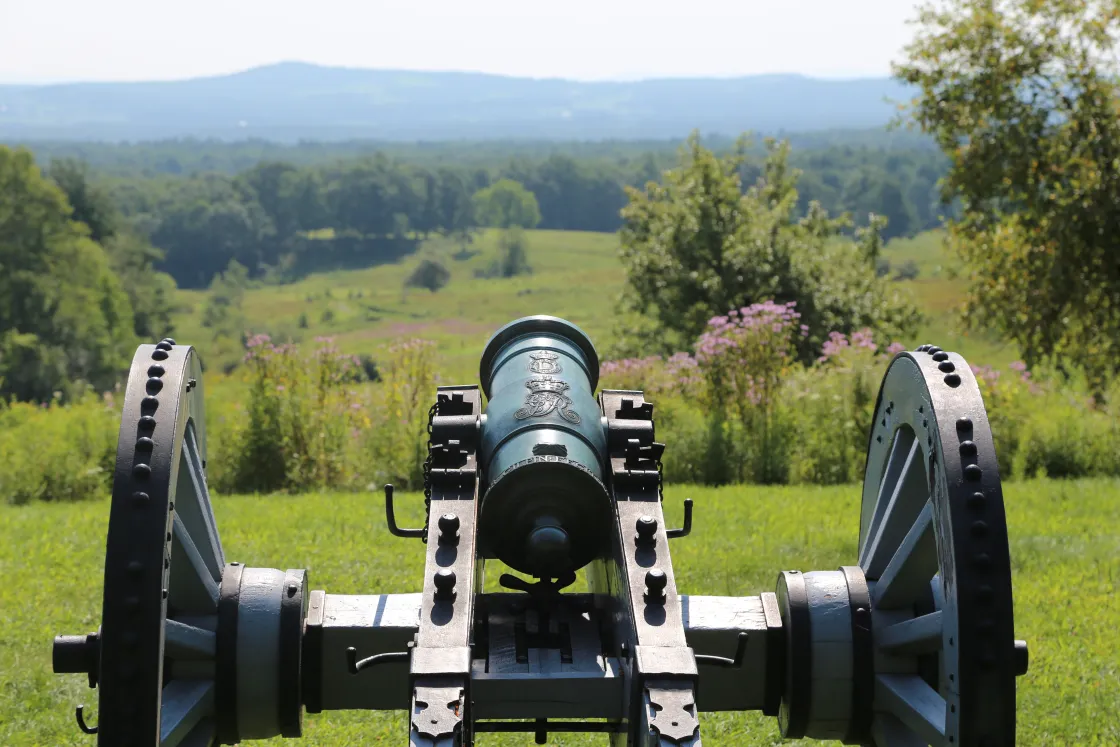
The stunning success at Saratoga gave Franklin what he had been pleading for — explicit French support in the war. King Louis XVI approved negotiations to that end. With Franklin negotiating for the United States, the two countries agreed to a pair of treaties, signed on February 6, 1778, that called for France’s direct participation in the war.
At Valley Forge that day, Washington’s army was suffering. More soldiers were dying or deserting with each new frigid winter day. The rest were just trying to survive. But by May 1, when Washington received word of the good news from Paris, the harsh winter was a bad memory. He assembled the entire army at Valley Forge for a martial celebration. The ceremony included Washington’s request that “upon a signal given, the whole army will huzza, ‘Long Live the King of France.’”
A French fleet conducted operations in America in 1778–79, but the support that made the difference came in 1780, when French General Jean-Baptiste Donatien de Vimeur, comte de Rochambeau arrived in Rhode Island with more than 5,000 French soldiers.
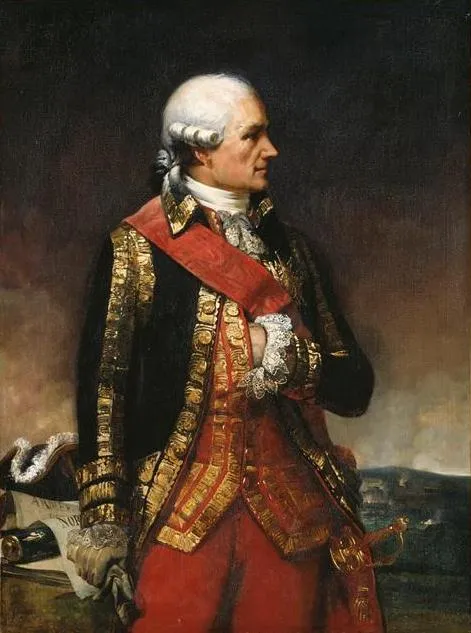
Though he spoke no English, Rochambeau immediately hit it off with Washington. The two formed an effective team, and their combined forces became, as Washington put it, seemingly “actuated by one spirit.” In August 1781, they moved south into Virginia on the offensive, with a plan to trap British General Cornwallis and his 8,000-man army encamped at Yorktown. Lafayette’s force was already there, blocking escape routes.
The plan’s success hinged on French naval support. Washington and Rochambeau had requested and received the assistance of the French fleet in the West Indies commanded by Admiral François Joseph Paul de Grasse, who was sailing to Virginia. If de Grasse could wrest control of the mouth of the Chesapeake Bay from the British fleet protecting Cornwallis, the British Army would be surrounded.
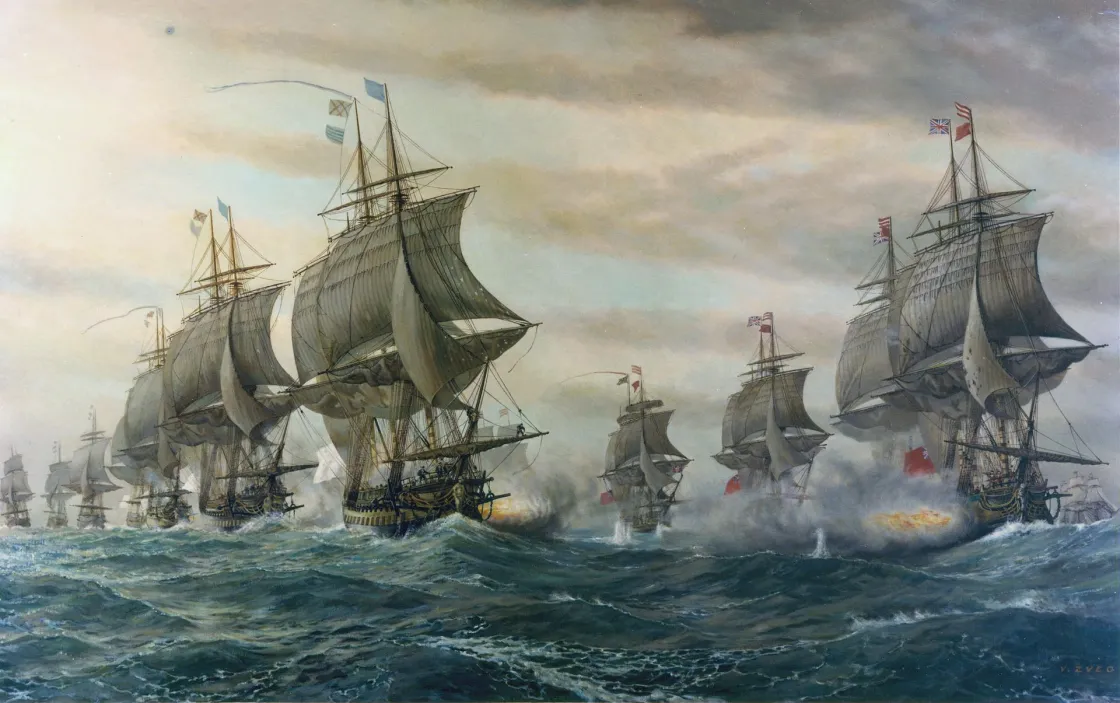
Beginning on September 5, 1781, in the Battle of the Capes, one of history’s most consequential naval battles, de Grasse defeated the British fleet, damaging it badly enough to force its withdrawal to New York. Cornwallis was surrounded, and the Siege of Yorktown began. On October 19, 1781, Cornwallis surrendered. His defeat broke the back of Britain’s war effort and led to the formal end of the war in 1783.
Lafayette was one of many French heroes in the Revolutionary War, but his name came to shine the brightest in the United States, especially after he returned to America for an enormously popular, year-long farewell tour in 1824–25. The aging commander visited all the young nation’s 24 states and received a hero’s welcome at many stops. He was the last surviving French general of the Revolutionary War.
Related Battles
330
1,135
389
8,589

